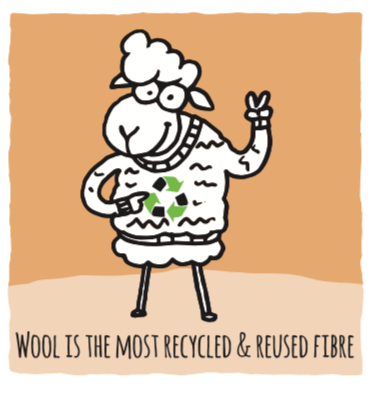As the air is still very cold, let's warm up with a cosy spiked drink.
Here we share Sandra Mendes's hot cocktail created especially for us to drink this V-day and keep our hearts hot and pumping...

HOT G&TEA:
50ml Gin (we used 58Gin's English Berry)
25ml Ginger Syrup
100ml hibiscus & cinnamon infusion
100ml fresh raspberry juice
GLASSWARE:
Mug
GARNISHING:
1cinnamon stick
Mixed berries skewer
METHOD:
*GINGER SYRUP:
1cup water
1cup sugar
1cup of fresh ginger peeled and finely chopped
Bring to the boil, then reduce heat and simmer until the sugar is completely dissolved, string all the time (5/8min). Strain and set aside.
You can make several drinks with this syrups.
*HIBISCUS & CINNAMON INFISON:
(for one drink)
1tbs dried hibiscus flowers
110ml water
1 small cinnamon stick
Bring to boil, when starts boiling, switch off the heat and cover. Let the infusion steep for 15-20min.
Strain and set aside.
*RASPBERRY JUICE:
Fresh raspberries
Blend enough raspberries to make 100ml of juice. Strain and reserve 100ml
Don't add sugar or water.
MIXING:
*Simmer: 100ml of raspberry juice + 100ml of hibiscus infusion + 25ml of ginger syrup
*In a pre-heated mug add 50ml of Gin and the hot juices on top.
*Stir gently. Garnish with cinnamon stick and mixed berries skewer.

Sandra Mendes is a Rio de Janeiro based mixologist and bartender known for her line of charming and delicious bottled cocktails named SMDRINKS.
In order to create the next great cocktail, she applies botanicals knowledge in developing her line of cocktail mixers. She believes in Brazilian cocktail and drinks created not only for entertainment but drinks for healing.
Model: Vera Gottert
Photographer: Ginebra Cañas
Recipe: Sandra Mendes
Vera wears: Black Pablo Beret from PIO.













